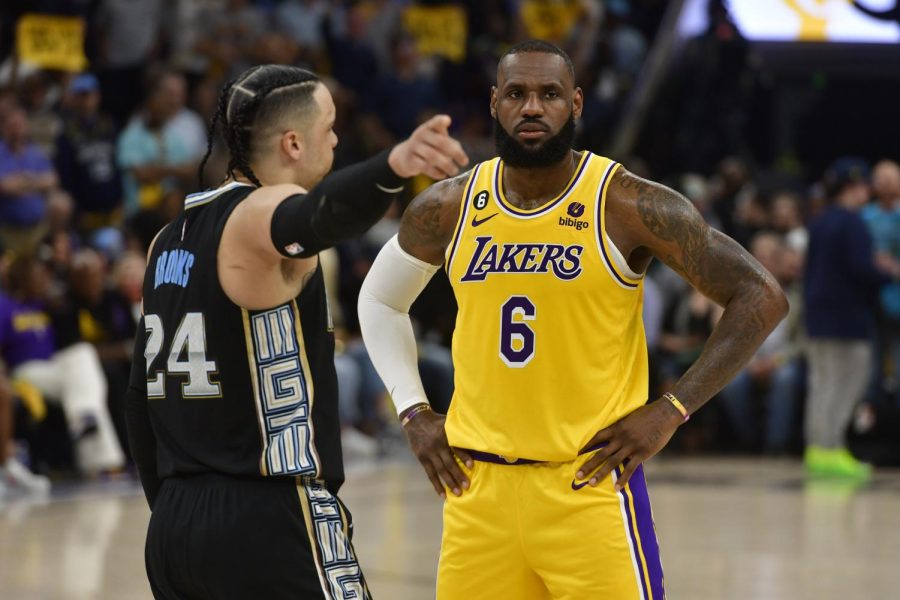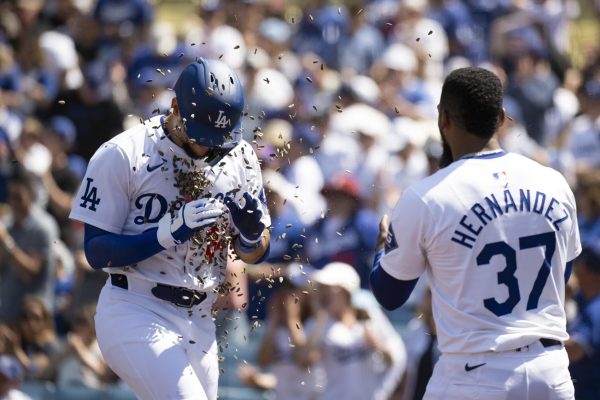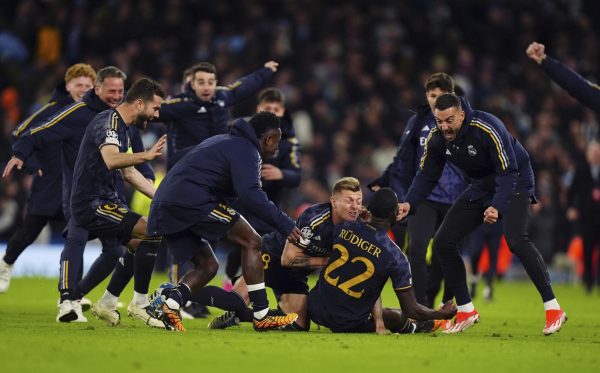Dillon Brooks’ Villain Act Shows Harsh Realities of NBA
Like all good stories, sports must have their villains. Fans want someone to root against, no matter what team they support. In baseball, the New York Yankees have historically taken that role as the “Evil Empire,” while the Houston Astros have also taken some of the heat because of their recent cheating scandal. In football, the New England Patriots get a lot of flack for their recent success under head coach Bill Belichick. Yet, The National Basketball Association (NBA) always has multiple villains running around the league. In the past, the NBA has seen entire teams take on the villain persona, from the “Bad Boy” Detroit Pistons of the 1980s to the New York Knicks of the 1990s. Now, in the era of player empowerment, individual players have tried to take on entire teams, their fans and the league all at once. Recently, Memphis Grizzlies forward Dillon Brooks decided to antagonize Los Angeles Lakers forward LeBron James, one of the best players of all time, leading up to their first-round playoff matchup. Losing their matchup in six games, Brooks proved that a villain needs to be good, or at least useful, to be an impactful villain.
Brooks’s decision to antagonize James and the ensuing feud that took place became a focal point of the series. After a Game Two win over the Lakers, Brooks told ESPN, “I don’t care — he’s old. You know what I mean? I was waiting for that. I was expecting him to do that game four, game five. He wanted to say something when I got my fourth foul. He should have been saying that earlier on. But I poke bears. I don’t respect no one until they come and give me 40.” In that game, Brooks had 12 points on 5-of-14 from the field, while foul trouble limited him to 23 minutes of play. While offense is not his strong suit, Brooks’s reputation as an elite wing defender motivated him to go at James, who finished the game with 28 points. James and Brooks argued frequently during the victory, with Brooks even yelling in James’ face following a fourth-quarter three-pointer. Brooks followed up this performance with an ejection in Game Five after hitting James in the groin.
Brooks finished the series averaging 10.5 points per game and 0.2 steals per game while shooting 31.2 percent from the field and 23.8 percent from three. Brooks finished the series with a plus-minus (the difference between their team’s total scoring and that of their opponent when that player is on the court) of -44. Brooks was an extremely harmful player to the Grizzlies, and getting on the nerves of the NBA’s all-time leading scorer only made that worse. By antagonizing James, Brooks ended up antagonizing Lakers fans, NBA fans and Grizzlies fans by the end of the series. His reluctance to speak to the media following his failed villain run resulted in a $25 thousand dollar fine from the NBA.
Brooks is not the first villain the NBA has ever seen, and he certainly won’t be the last. However, to be an impactful villain, you need to be successful on the court. Recent NBA history has seen former Pacers guard Lance Stephenson and Warriors forward Draymond Green play the villain in certain rivalries. Stephenson, a member of the Paul George-led Pacers of the 2010s, was not the best player on the team but was still making an impact on the court. Green is the defensive captain of a Warriors dynasty and it has allowed his villainous behavior to evolve. During his seven-game series win against the Sacramento Kings, Green took to his podcast to defend his honor after receiving a one-game suspension, then another podcast episode to roast Kings center Domantas Sabonis at the end of the series. Both Stephenson and Green had success with their teams in some form, and their villainous behavior was celebrated by both their teams, the fans, and the rest of the league. Brooks’s act was so detrimental to the Grizzlies that, according to The Athletic, he has already been informed that he will not be on the Grizzlies next season. If you can’t talk the talk, you shouldn’t walk the walk, and Brooks learned that the hard way.

Aaron Notis is a senior from Pleasantville, NY concentrating in peace and conflict studies with a double minor in educational studies and film and media...











